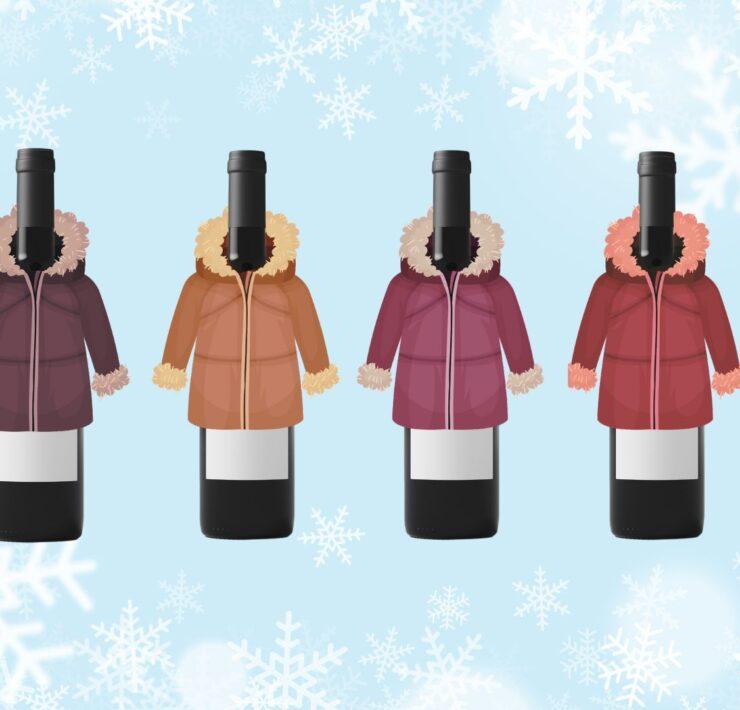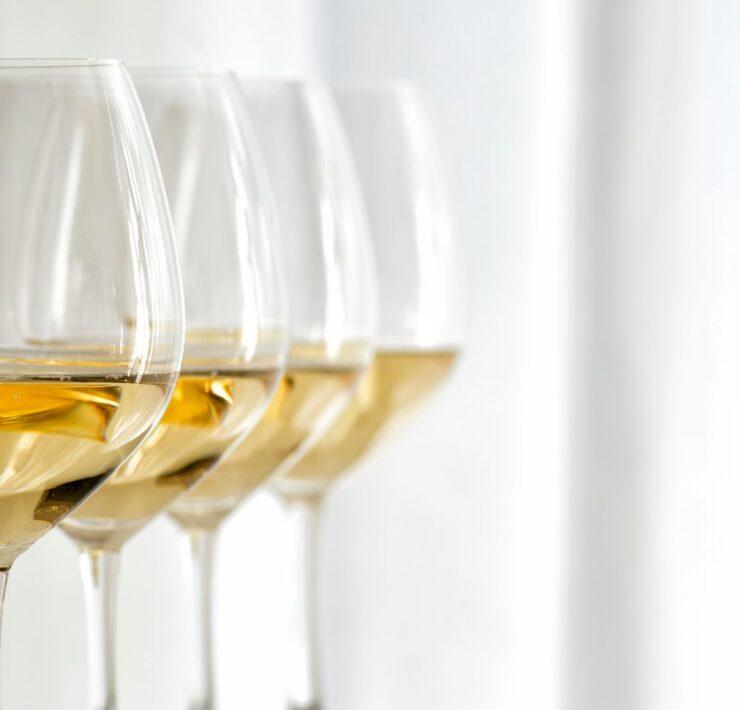Sauvignon Blanc has long been in the shadows of Chenin Blanc in South Africa, but a shift is occurring. Not one where Chenin falls from its throne, but one that encompasses a sharing of the spotlight. Sauvignon Blanc saw an increase in plantings between 2014 and 2021, representing 9.3% of the region’s vineyards to 10.9%. Chenin Blanc only rose 0.6% in the same time frame, while Columbard and Chardonnay fell.
Although the increase in Sauvignon Blanc is slight, the most significant change isn’t in numbers but in quality. Fresh takes on South African Sauvignon Blanc are getting attention as the area’s winemaking pioneers push the category to new heights.
South African Sauvignon Blanc Slate
The region’s varied geology and topography are to thank for the myriad Sauvignon Blanc styles. There are the highly aromatic, fresh styles with bracingly-high acidity, mature styles with oak aging, gorgeous Noble Late Harvest wines, and classic Bordeaux-style blends comprising Sauvignon Blanc with Semillion.
Jim Clarke, the marketing manager for Wines of South Africa, explains how Sauvignon Blanc is in the sweet spot regarding taste profile and overarching style. “It’s that classic cliché about South African wine being a little bit Old World, a little bit New World,” he says.
There still needs to be more understanding about South African wines before consumers can fully embrace them. “People think of Africa as a warm place, but the Western Cape has a Mediterranean climate,” Clarke continues. “The coast abuts with some of the coldest water and largest upwelling systems in the world.”
Dr. Carien Coetzee, the managing director of Basic Wine and Sauvignon Blanc South Africa (SBSA) board member, focuses on uncovering the analytic characteristics and educating the public. “We’ve got cool climates, maritime locations, and inland arid winegrowing areas as well — Sauvignon Blanc thrives in each one,” she says.
Pyrazines and thiols present themselves differently depending on the growing area. Spicy notes come through in cooler areas like Elim, an up-and-coming area at the southernmost tip of Africa. On the west coast of the Western Cape, Sauvignon Blanc is typically more tropical and fruit-forward. “Elgin stands out for a vibrant style with almost a jalapeño character that’s very distinctive,” says Clarke. “In general, what you’re finding is that balance between the over-the-top, aromatic punch in the face that New Zealand can offer, but a bit more expressive than, say, Sancerre.”
Rising Medal Counts and Demand
Word of South African Sauvignon Blanc’s success is spreading, and the international wine trade is preparing for the uptick in demand.
Cape Classics CEO Rob Bradshaw expresses that global competitions like Concours Mondial du Sauvignon — the largest and most significant international wine competition dedicated to Sauvignon Blanc — will increase demand. Last year, the competition awarded South Africa four gold and 13 silver medals out of thousands of entries from 23 producer countries.
“All you really need to do is pull the proverbial cork, and people are fans for life,” says Bradshaw. “Things like Concours Mondial create awareness, and more people will discover the category.”
The growth for South African Sauvignon Blanc comes at an ideal time, as New Zealand has sadly suffered massive production losses due to late spring frosts. While supply chain issues are causing importers to search for Sauvignon Blanc producers outside of New Zealand, South Africa is ready to fill the void.
According to The Drinks Business, Majestic, a leading United Kingdom retailer, has procured several South African wines to fill the gap. In the U.S., Bradshaw has begun to bring on more South African Sauvignon Blanc into the Cape Classics portfolio. “We’ve seen a huge rise in demand. On a rolling-12 basis, we are up 68% on South African Sauvignon Blanc, and that’s off an already big base,” he says. “Our purchases mirror that growth and then some, as inventory must stay ahead of the demand.”
Blanc to the Future
In addition to focusing on quality, the region is also developing new growing areas like Elim and being adventurous with new styles. “The days of high-yielding areas producing wines that don’t have much character is ending or has ended,” says Clarke.
South Africa consistently thinks outside the box and develops innovative ways to improve the wines and push ahead of the curve. Winter Ferment Sauvignon Blanc from Diesmersdal is an excellent example. The juice is frozen, and then during the winter months, it’s defrosted and fermented. It’s a novel technique, and the wine has won many accolades.
Seeing how Sauvignon Blanc will express itself in different areas is another approach some are taking. For example, Black Elephant Vintners makes a version from Franschhoek — a place that’s not generally associated with the grape. But they plant up on slopes, giving them the coolness they need to cultivate the grape’s acidity.
Coetzee has seen in her research and analysis that winemakers can steer viticulture in a way suitable to the style of Sauvignon Blanc they wish to create. “We measure the thiols and the pyrazines and do a sensory analysis, and are surprised to find a lot of pyrazines coming from warmer winegrowing regions. Winemakers are very clever using different sites to their advantage to amplify specific traits,” she says.
“African producers love to experiment with Sauvignon Blanc, and you can always expect innovative winemaking and viticultural techniques to create more diverse offerings,” says Coetzee. “The SBSA wants to show the world that we create quality Sauvignon Blanc and are a force to be reckoned with.”









